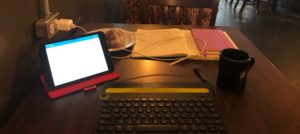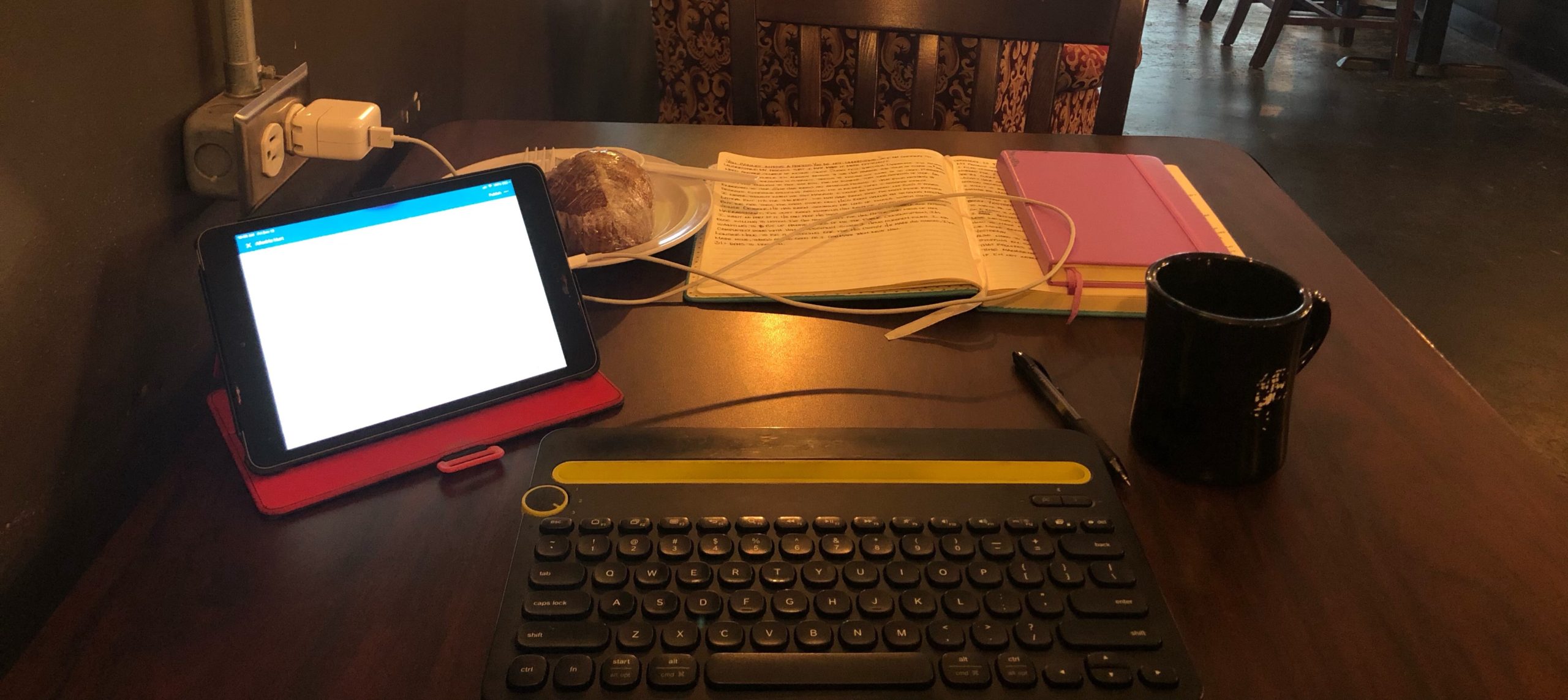If you’re anything like me, you want to learn new things. However, that leads to the question of HOW. After all, learning new habits and skills requires getting the information into your brain somehow. Yet looking into it, habits and knowledge are based on two different systems of how the brain processes information. Here’s how you learn new things fast by learning your type.
First let’s talk about what kinds of learning we as humans tend to do.
Psychological Learning (Habits)
When one considers habits, we often discuss them in the manner of cue, action, reward. This is the Classical Conditioning model of how people learn. You learn things in association with other things. For example: In the morning, I’m tired. Coffee makes me not tired. Therefore, drinking coffee gives me the reward of not tired. Thus I strengthen the association between tired/not tired and coffee each time I follow through on this habit. Also working in this is what is called the Operant Conditioning model in which good things which are praised/rewarded happen more frequently while things punished/disincentivized happen less frequently. The third type of habit formation learning is the Observational model where you learn a behavior by watching others. Small children are masters at this. They pick up how to interact with things by watching their families.
These are the kinds of thought processes we deal with when talking about habits and habit change such as handcrafting your morning routine.
Knowledge Learning (Information)

With Knowledge learning, we’ve probably all heard of the modes of learning which follow the VARK model: Visual, Auditory, Reading (writing), Kinesthetic. VARK has been around awhile and is often used in schools making it familiar to most. You’ve probably heard someone referred to as an auditory learner or a kinesthetic learner. For example, I’m a reading/writing learner while my little brother is a kinesthetic learner. If you want me to retain information, I have to read it and most likely write it down. In his case, he needs to be doing something with his hands for the information to stick.
There are a few additions to the VARK model which include Verbal, Interpersonal, and Intrapersonal, bringing the total learning modes up to seven.
Determining Your Learning Type to Learn Faster
When you’re trying to determine your type, first you should consider what are you trying to learn. If you’re trying to learn a new habit, then you should perhaps consider the psychological aspects of learning to create an environment in which you can pick up the habit as easily as possible. Find someone to emulate (Observational), make the habit a good/bad thing in reference to whether you’re making or breaking a habit (Operant Conditioning), and consider how to associate that habit with something you already have (Classical Conditioning/habit stacking). If all these things are moving in the same direction, it is priming your brain win at this particular habit.
However, if you are trying to learn and retain information, you’re looking more at the Knowledge learning set of things in which you, as a person, have a marked style of learning that would work best for you. How do you figure out which one (Visual, Auditory, Reading, Kinesthetic) you are? You can take the VARK Questionnaire found HERE and see what your score reveals. Or, and perhaps more fun, you can go ask your parents and friends. They’ve observed how you tend to handle things over time, so certainly they may have some key insights into how you learn. They are also the ones most likely to notice something maybe you haven’t.
Using Your Information to Learn New Things Fast
Once you’ve done all the legwork to determine which learning style you need and what mode of learning works best for you , you can then determine how to go forward in learning something new.

I personally read a lot of books and blog posts about the things I’m trying to learn because I’m a reading/writing learner. I learn best when I interact with the information as words. Recognizing that sometimes this isn’t possible, I can also switch to one of my less favored modes in order to interact with the information I need. This is called being Multimodal. Being VARK type one means you switch based on context. Being VARK type two means you have a tendency to take in information from all the modes somewhat equally and even seek out learning in all of the modes leading to deeper and wider understanding of any given subject matter.
Putting all of this together seems daunting; however, once you’re acquainted with your own learning style and allowing yourself to become comfortable using it to take in the information you need and want, then you will be well on your way to improving your ability to learn new things.
Want to hear more from me? Buy a Book!
